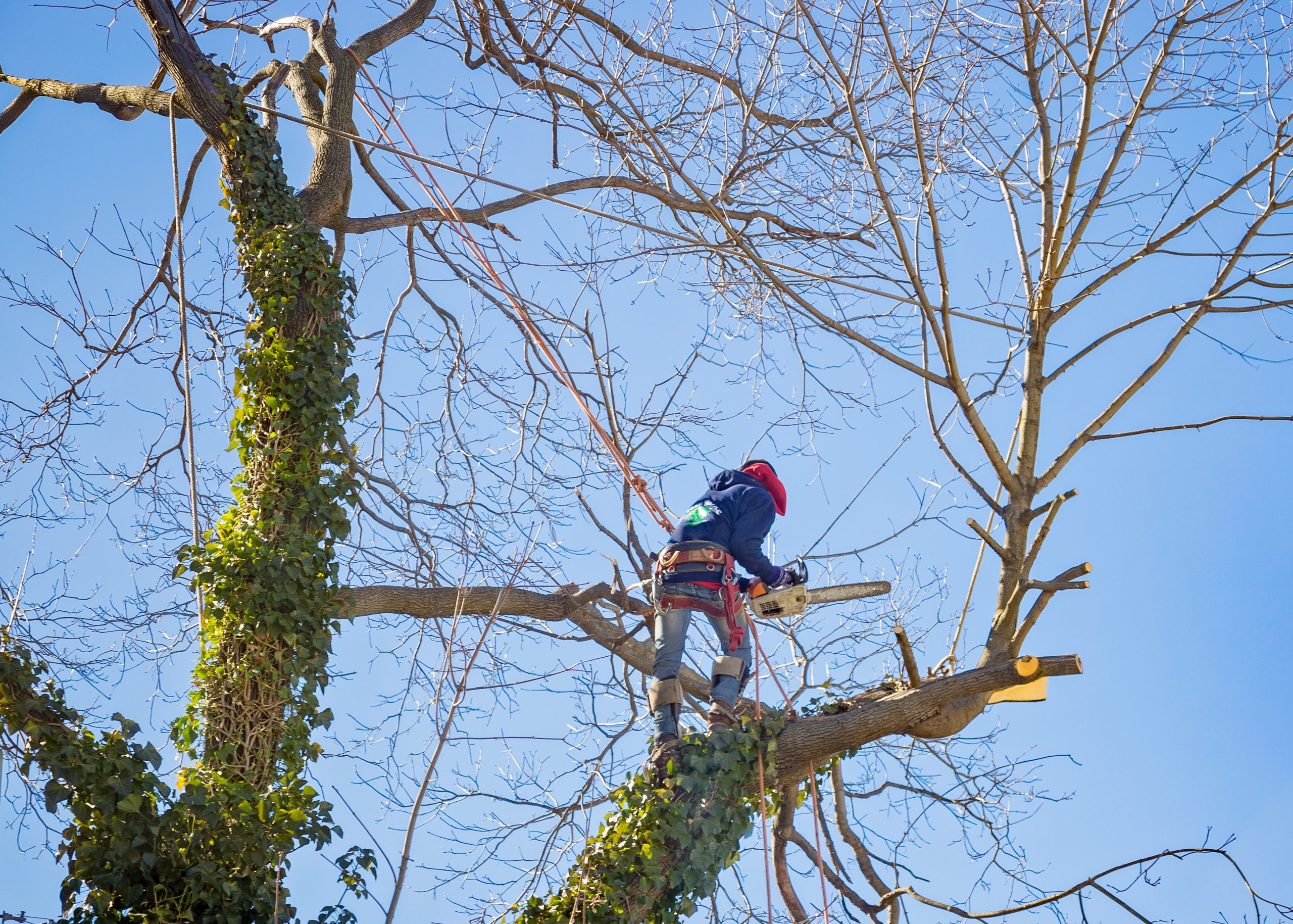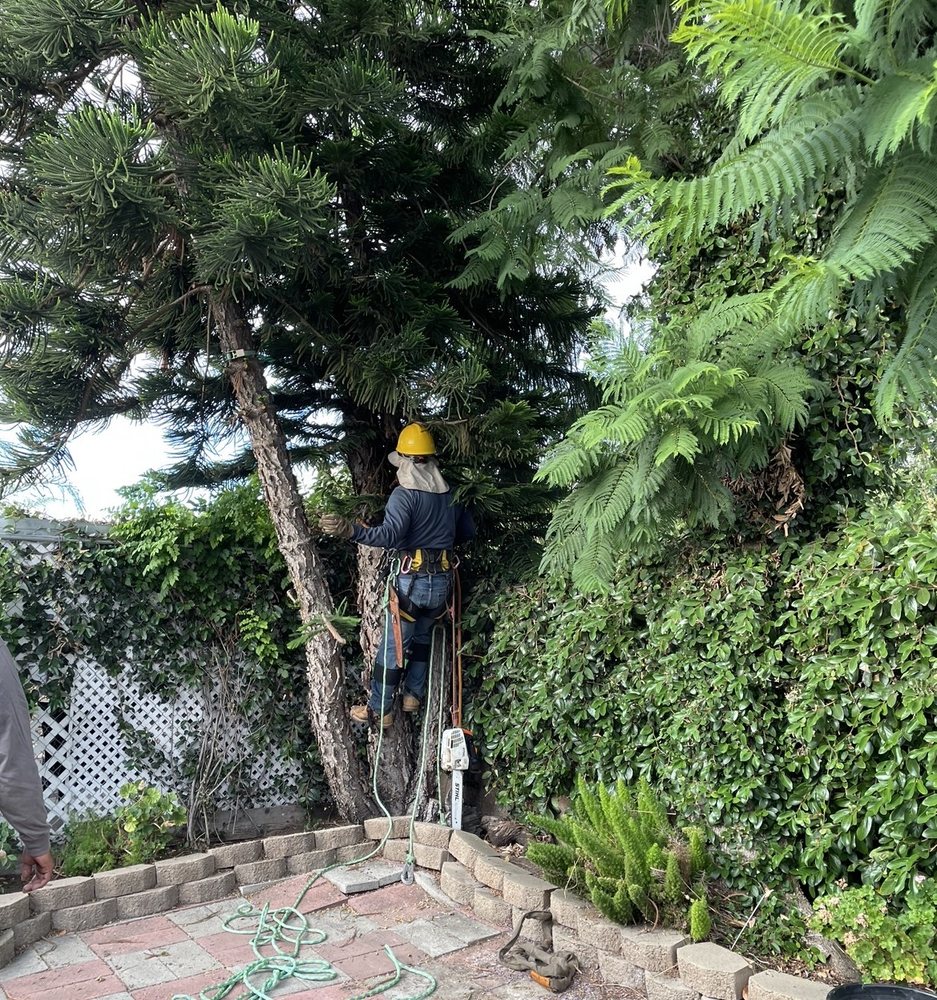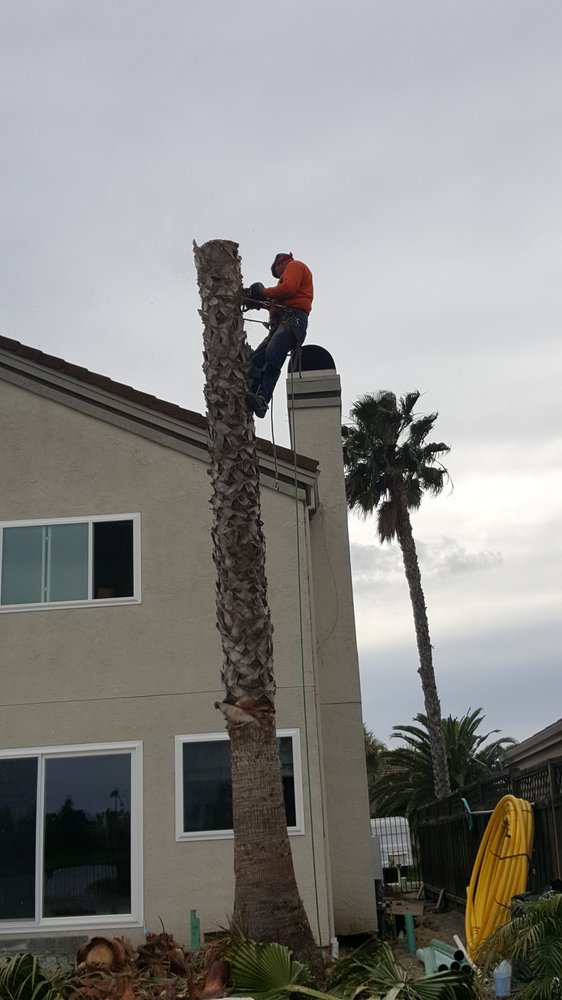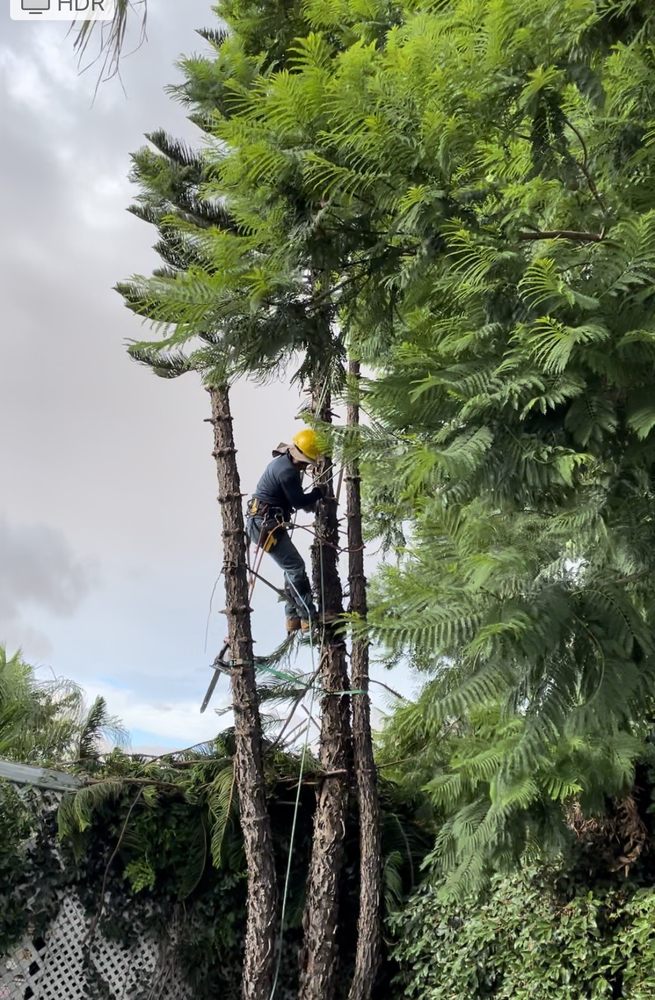When it comes to maintaining the beauty and safety of your property, selecting the right tree removal service is crucial. The efficiency and quality of the job depend significantly on the equipment and techniques employed by the professionals you hire. This guide will walk you through the vital considerations you need to make before making your choice, including the type of equipment used, the approach to tree removal, and the importance of safety and certifications.
Whether you’re faced with a potentially hazardous tree or simply looking to clear space, understanding these factors will help you choose a service that guarantees a safe and effective solution for your Brentwood home. Join us as we delve into what makes a tree removal service stand out and how to ensure your property’s care is in knowledgeable and capable hands.
Inquiring about additional services offered
The equipment and techniques used by a tree removal service can greatly impact the quality and efficiency of the job. Before hiring a company, inquire about the type of equipment they use and whether they have the necessary tools for the specific job you require.
A professional tree removal service will have a wide range of equipment, including chainsaws, ropes, cranes, and chippers. The equipment should be well-maintained and up to date to ensure safe and efficient tree removal. Additionally, the service provider should follow industry best practices and safety standards when performing the job.
Ask the tree removal service about their approach to tree removal. Do they use climbing methods or specialized machinery for difficult tree removals? Are they familiar with the latest techniques and practices in the industry? A knowledgeable and experienced service provider will be able to assess the best approach for each tree removal situation and provide you with the most effective and safe solution.
Making a final decision and scheduling the tree removal service
Safety should be a top priority when choosing a tree removal service for your Brentwood home. Tree removal can be a dangerous task, and accidents can have serious consequences. Therefore, it is important to hire a company that has strict safety protocols in place and ensures the well-being of its workers and your property.
Inquire about the safety practices followed by the tree removal service. Do they have a safety manual or guidelines that their workers follow? Do they provide safety equipment, such as helmets, gloves, and protective clothing? A professional company will have a comprehensive safety program in place and will be able to provide you with details on how they prioritize safety during tree removal.
Certifications and training programs are also an important consideration when choosing a tree removal service. Look for certifications such as the International Society of Arboriculture (ISA) certification or the Tree Care Industry Association (TCIA) accreditation. These certifications demonstrate that the company’s workers have received proper training and adhere to industry standards. Hiring certified arborists will ensure that the tree removal is performed by knowledgeable professionals who understand the complexities of tree care and removal.
Give Us a Call For a Free Consultation and Free Quote!
Caring for your trees can be a daunting task for a homeowner. We’re here to help! Give us a call or fill out the form to request a free consultation and free quote for your tree care needs, such as tree removal, tree trimming, landscaping, haul away, and so much more!







